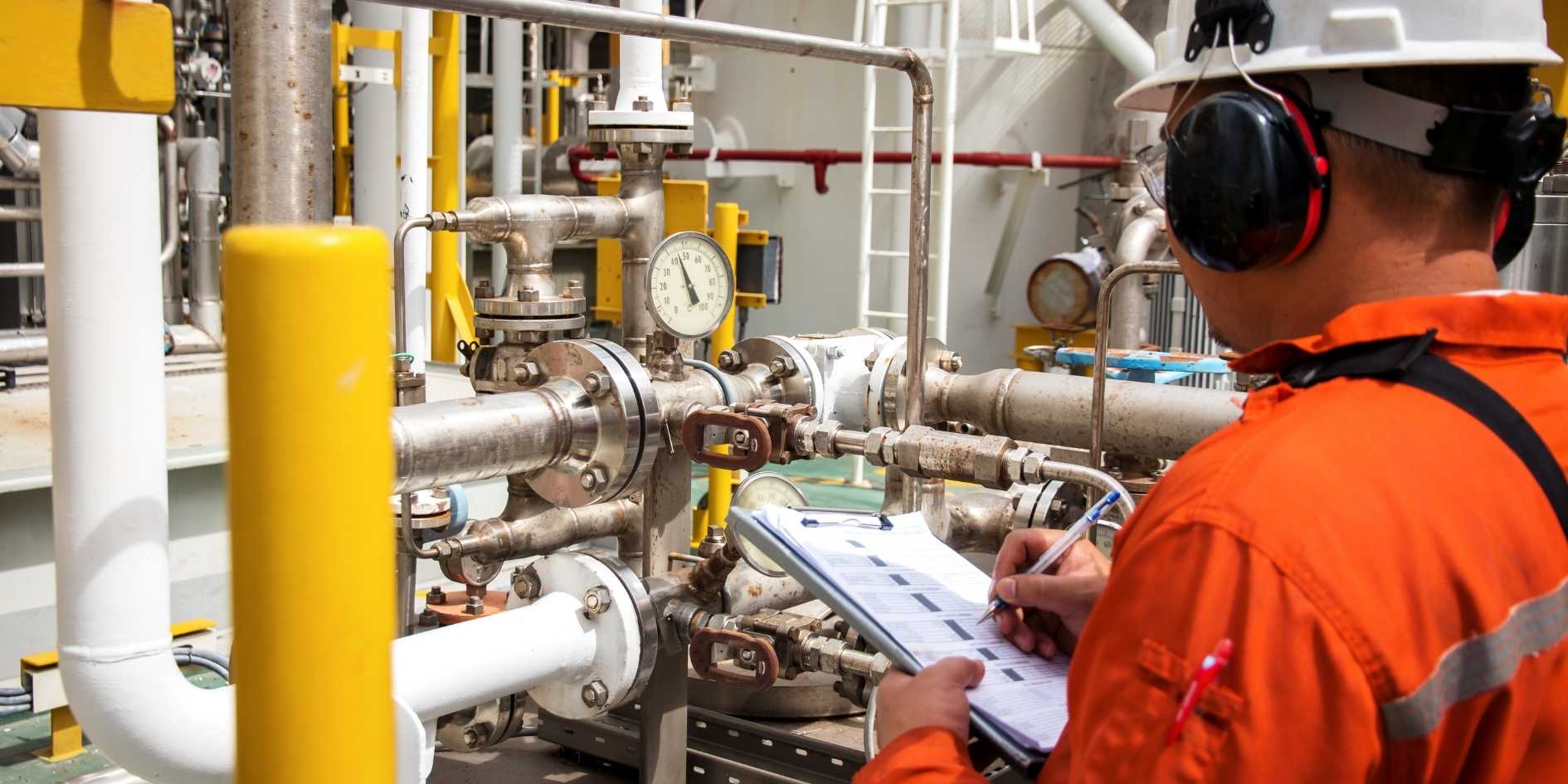An Unbiased View of Roar Solutions
Wiki Article
The Roar Solutions Diaries
Table of Contents7 Simple Techniques For Roar SolutionsThe Only Guide to Roar SolutionsSome Known Details About Roar Solutions
In such an atmosphere a fire or surge is possible when three basic conditions are fulfilled. This is usually described as the "harmful location" or "burning" triangle. In order to safeguard installments from a possible explosion a method of evaluating and identifying a possibly harmful location is called for. The objective of this is to make sure the correct option and installation of devices to inevitably protect against a surge and to make certain safety of life.
(https://disqus.com/by/roarsolutions1/about/)
No devices needs to be mounted where the surface area temperature level of the equipment is greater than the ignition temperature of the provided danger. Below are some typical dust hazardous and their minimal ignition temperature level. Coal Dust 380C 225C Polythene 420C (melts) Methyl Cellulose 420C 320C Starch 460C 435C Flour 490C 340C Sugar 490C 460C Grain Dust 510C 300C Phenolic Resin 530C > 450C Aluminium 590C > 450C PVC 700C > 450C Residue 810C 570C The chance of the threat being existing in a concentration high sufficient to create an ignition will differ from place to area.
In order to identify this danger a setup is split into areas of threat depending upon the amount of time the dangerous is present. These locations are described as Areas. For gases and vapours and dusts and fibres there are 3 areas. Zone 0 Zone 20 A dangerous ambience is highly likely to be existing and might exist for long periods of time (> 1000 hours per year) or perhaps constantly Area 1 Zone 21 A harmful environment is feasible however unlikely to be existing for extended periods of time (> 10 450 C [842 F] A classification of T6 indicates the minimal ignition temperature is > 85 C [185 F] Unsafe area electric devices possibly designed for use in greater ambient temperatures. This would showed on the rating plate e.g. EExe II C T3 Ta + 60C( This suggests at 60C ambient T3 will not be exceeded) T1 T1, T2, T3, T4, T5, T6 T2 T2, T3, T4, T5, T6 T3 T3, T4, T5, T6 T4 T4, T5, T6 T5 T5, T6 T6 T6 A T Class ranking of T1 means the optimum surface area temperature level created by the instrument at 40 C is 450 C. Thinking the associated T Class and Temperature level ranking for the equipment are ideal for the location, you can constantly use an instrument with a much more strict Department rating than required for the location. There isn't a clear solution to this question however. It really does depend on the type of devices and what fixings require to be brought out. Tools with certain test treatments that can not be carried out in the field in order to achieve/maintain 3rd party ranking. Need to come back to the factory if it is before the tools's solution. Field Repair By Authorised Worker: Challenging testing might not be needed nonetheless specific treatments might need to be followed in order for the equipment to maintain its 3rd party score. Authorized personnel have to be used to perform the job correctly Repair need to be a like for like substitute. New part must be taken into consideration as a direct substitute needing no special testing of the tools after the repair work is total. Each tool with an unsafe rating ought to be reviewed individually. These are detailed at a high degree listed below, however, for even more in-depth information, please refer directly to the standards.
The Best Strategy To Use For Roar Solutions
The devices register is a detailed data source of equipment documents that consists of a minimum set of fields to recognize each thing's location, technological parameters, Ex category, age, and ecological data. This information is important for monitoring and taking care of the equipment properly within hazardous areas. In comparison, for routine or RBI sampling assessments, the quality will be a combination of In-depth and Close assessments. The proportion of Comprehensive to Shut examinations will certainly be determined by the Equipment Danger, which is evaluated based on ignition threat (the probability of a source of ignition versus the likelihood of a flammable environment )and the unsafe location category( Zone 0, 1, or 2). This variation will additionally affect the resourcing demands for work prep work. As soon as Great deals are defined, you can establish sampling strategies based upon the sample size of each Great deal, which describes the variety of random tools things to be inspected. To establish the called for sample dimension, 2 aspects need to be examined: the dimension of the Great deal and the category of evaluation, which suggests the level of effort that need to be applied( reduced, regular, or raised )to the assessment of the Great deal. By incorporating the classification of inspection with the Lot size, you can after that establish the appropriate being rejected criteria for an my response example, indicating the allowable variety of malfunctioning products located within that example. For even more details on this procedure, please refer to the Power Institute Guidelines. The IEC 60079 standard advises that the maximum period in between examinations should not exceed 3 years. EEHA inspections will certainly additionally be carried out beyond RBI projects as part of arranged maintenance and equipment overhauls or repairs. These assessments can be credited towards the RBI sample dimensions within the affected Whole lots. EEHA assessments are carried out to identify faults in electric devices. A weighted scoring system is necessary, as a solitary piece of tools might have multiple mistakes, each with varying degrees of ignition danger. If the consolidated rating of both assessments is much less than two times the fault score, the Whole lot is deemed appropriate. If the Whole lot is still taken into consideration inappropriate, it needs to go through a complete evaluation or justification, which might activate stricter examination protocols. Accepted Whole lot: The sources of any type of mistakes are recognized. If an usual failure setting is discovered, extra equipment might require maintenance. Faults are identified by seriousness( Safety and security, Integrity, Home cleaning ), guaranteeing that urgent concerns are examined and dealt with without delay to reduce any type of influence on safety and security or procedures. The EEHA data source should track and record the lifecycle of mistakes in addition to the corrective actions taken. Applying a robust Risk-Based Assessment( RBI )method is essential for guaranteeing compliance and safety and security in taking care of Electrical Tools in Hazardous Areas( EEHA) (Roar Solutions). Automated Fault Rating and Lifecycle Management: Easily take care of mistakes and track their lifecycle to enhance evaluation accuracy. The intro of this assistance for risk-based evaluation better enhances Inspectivity's placement as a best-in-class remedy for regulative conformity, along with for any kind of asset-centric evaluation usage case. If you are interested in discovering more, we invite you to ask for a demonstration and discover just how our service can change your EEHA administration procedures.
The Buzz on Roar Solutions

In regards to eruptive risk, a dangerous area is a setting in which an explosive atmosphere exists (or may be anticipated to be present) in quantities that require special precautions for the building, setup and use of devices. eeha training. In this article we explore the difficulties faced in the work environment, the risk control steps, and the called for proficiencies to function safely
It is an effect of contemporary life that we manufacture, save or deal with a range of gases or fluids that are regarded combustible, and a variety of dusts that are regarded flammable. These substances can, in particular conditions, create explosive atmospheres and these can have significant and tragic effects. A lot of us are acquainted with the fire triangle get rid of any type of among the three components and the fire can not occur, yet what does this mean in the context of unsafe areas? When damaging this down into its easiest terms it is essentially: a combination of a particular quantity of release or leak of a certain material or product, blending with ambient oxygen, and the existence of a resource of ignition.
In the majority of circumstances, we can do little concerning the levels of oxygen in the air, but we can have significant influence on sources of ignition, for instance electric tools. Hazardous locations are recorded on the harmful area category illustration and are identified on-site by the triangular "EX LOVER" sign. Below, amongst other crucial information, areas are split into 3 types relying on the hazard, the possibility and period that an eruptive atmosphere will certainly exist; Area 0 or 20 is deemed one of the most hazardous and Area 2 or 22 is considered the least.
Report this wiki page